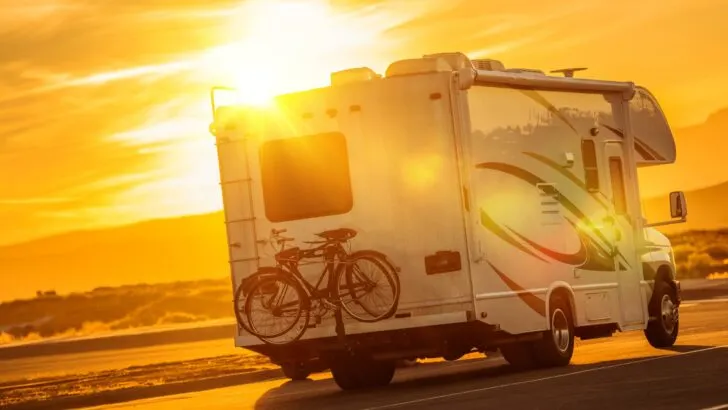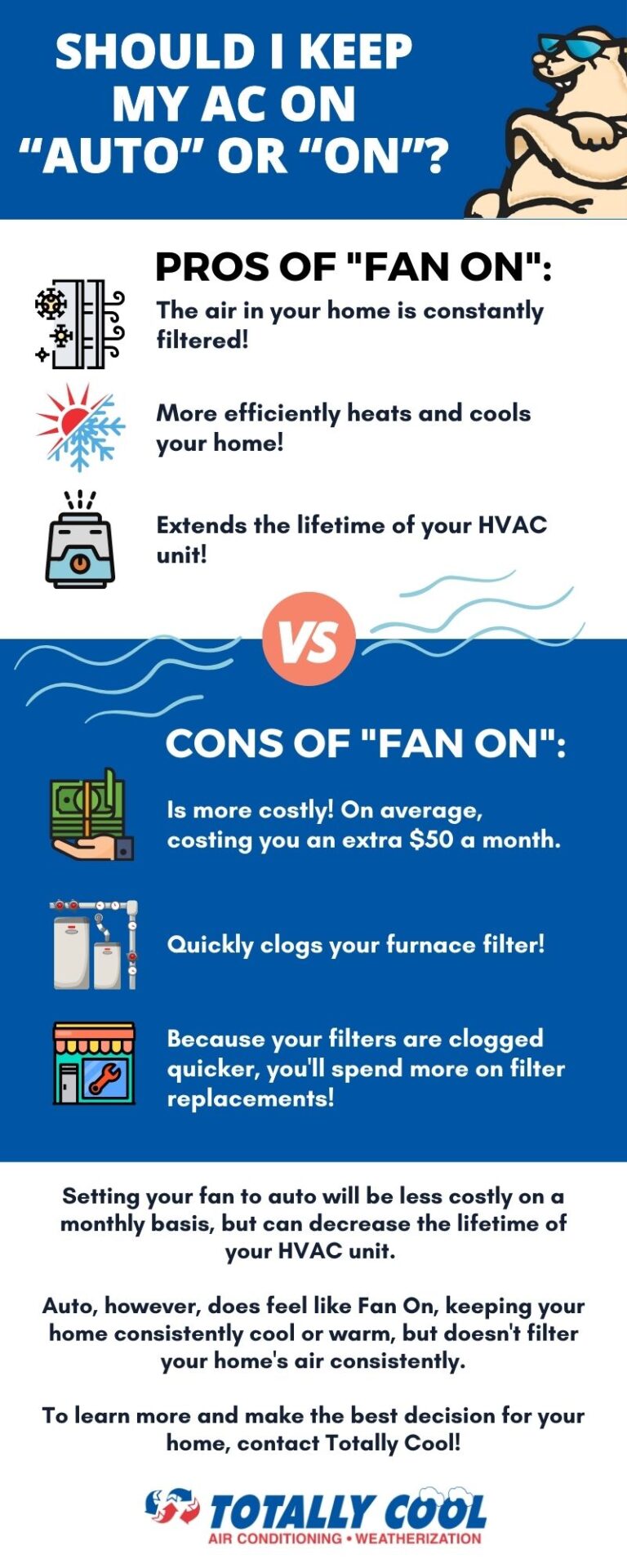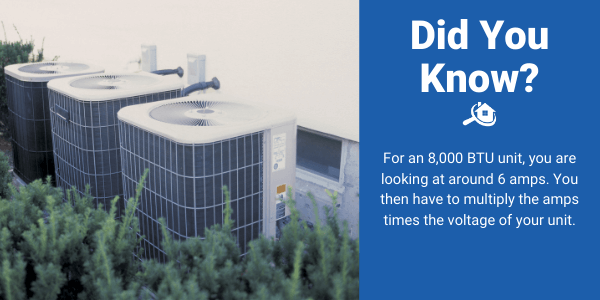Can You Run An RV Air Conditioner While Driving? Discover the Truth
Yes, you can run an RV air conditioner while driving. Ensure the generator or inverter is operational to power the unit.
Traveling in an RV offers the comfort of home on the road. One key comfort feature is the air conditioner, especially during hot weather. Running the air conditioner while driving keeps the interior cool and pleasant. It’s crucial to ensure your RV’s generator or inverter is functioning properly to provide the necessary power.
This helps maintain a comfortable environment for everyone on board. Proper use of the air conditioner enhances the overall travel experience, making long drives more enjoyable. Always check your RV’s manual for specific guidelines related to your model.
Rv Air Conditioners: Basics
Understanding your RV air conditioner is important. It’s essential for a comfortable journey. Let’s explore the basics of RV AC units.
Types Of Rv Ac Units
There are different types of RV air conditioners. Each type suits different needs. Here are the main types:
- Rooftop Units: These are common in many RVs. They mount on the roof and save space inside.
- Portable Units: These are handy and can be moved around. They are less powerful but good for small RVs.
- Window Units: These fit in a window or wall opening. They are easy to install and remove.
How Rv Ac Units Work
RV air conditioners work like home AC units. They use a refrigeration cycle to cool the air. Here’s a simple breakdown:
- Compressor: This compresses the refrigerant, raising its temperature.
- Condenser: The hot refrigerant passes through coils and cools down.
- Evaporator: The cool refrigerant absorbs heat from the RV’s air. This cools the inside air.
- Fan: The fan blows the cooled air into the RV.
| Component | Function |
|---|---|
| Compressor | Compresses refrigerant |
| Condenser | Cools down refrigerant |
| Evaporator | Absorbs heat from air |
| Fan | Blows cool air |
Knowing these basics helps you take better care of your RV AC unit. This ensures a cool and comfortable journey.

Credit: www.neighbor.com
Power Sources For Rv Ac
Running an RV air conditioner while driving can be a challenge. Understanding the right power sources is crucial. Let’s dive into two main options: generator power and inverter power.
Generator Power
A generator is a popular choice for powering your RV AC. RV generators can provide sufficient power to run the air conditioner. They are reliable and can run for extended periods.
- Generators can handle heavy loads.
- They provide a steady power supply.
- Some RVs come with built-in generators.
Fuel is a critical factor. Generators often require gasoline or diesel. Ensure you have enough fuel for your journey. Regular maintenance is also essential for optimal performance.
Inverter Power
Inverter power is another option for running your RV AC. An inverter converts DC power from batteries to AC power. This allows you to use the air conditioner while driving.
- Inverters are quieter than generators.
- They are more eco-friendly.
- Some RVs come with built-in inverters.
Battery capacity is crucial. Ensure your batteries are high-capacity and fully charged. Solar panels can help keep the batteries charged during the day.
Comparing generator power and inverter power can help you decide the best option for your needs. Both have their advantages and drawbacks. Choose the one that suits your travel style and RV setup.
Safety Concerns
Running an RV air conditioner while driving might seem convenient. But safety concerns need careful consideration. These concerns fall into two main categories: electrical safety and driving safety.
Electrical Safety
Electrical safety is crucial when using an RV air conditioner on the move. Ensure your RV’s power system can handle the load. Overloading the system can cause short circuits or fires. Always check your RV’s power capacity before using the air conditioner.
Use a generator compatible with your RV’s electrical system. Improper generators can cause power surges. Power surges can damage your air conditioner and other appliances. Regular maintenance of electrical components is essential.
Here is a table showing common electrical issues and their solutions:
| Issue | Solution |
|---|---|
| Overloading | Check power capacity |
| Short Circuits | Use proper wiring |
| Power Surges | Use compatible generator |
Driving Safety
Driving safety is another key concern. Running an air conditioner can affect your driving focus. Proper ventilation is important. Ensure the air conditioner does not block your view.
Also, secure all loose items inside the RV. Loose items can become hazards during sudden stops. Always check tire pressure before starting your journey. This ensures safe handling of the RV.
Here are some driving safety tips:
- Ensure clear visibility
- Secure loose items
- Check tire pressure
Regular checks of your RV systems improve driving safety. Always prepare before hitting the road.

Credit: www.thervgeeks.com
Fuel Efficiency
Running an RV air conditioner while driving can impact fuel efficiency. Understanding this can help plan better travel expenses.
Impact On Fuel Consumption
Operating the air conditioner uses extra fuel. This increases the overall consumption. The engine works harder to power the AC.
A typical RV air conditioner uses about 1 gallon of fuel per hour. This can add up quickly during long trips.
Consider the weight of your RV and driving speed. Heavier RVs consume more fuel, especially with the AC on. Driving faster also burns more fuel.
Maintaining a steady speed can help manage fuel consumption. Avoid rapid acceleration and braking.
Cost Implications
Running the AC impacts your wallet. More fuel consumption means higher costs.
Let’s break it down:
| Duration (Hours) | Fuel Consumed (Gallons) | Cost (at $3 per gallon) |
|---|---|---|
| 1 | 1 | $3 |
| 5 | 5 | $15 |
| 10 | 10 | $30 |
This table shows how costs add up quickly. Plan your budget accordingly.
Consider using the air conditioner only when necessary. Open windows can provide ventilation and save fuel.
Alternatives To Running Ac
Running your RV air conditioner while driving can be tricky. There are many reasons why you might avoid it. Energy consumption is one, and another is the strain on your vehicle. Alternatives exist that can keep you cool. Let’s explore some of these options.
Portable Fans
Portable fans are a great option. They are easy to set up and use. You can plug them into your RV’s power outlets. Portable fans circulate air and keep you cool. They are also energy-efficient.
| Brand | Power Source | Price Range |
|---|---|---|
| Brand A | Battery | $20 – $30 |
| Brand B | USB | $15 – $25 |
| Brand C | 12V DC | $25 – $35 |
Portable fans come in various shapes and sizes. Some are clip-on, while others are standing. Choose one that fits your needs.
Ventilation Strategies
Ventilation strategies can also help. Open windows and roof vents to create airflow. This method uses natural wind to cool your RV.
Here are some tips:
- Open windows on opposite sides.
- Use vent covers to block direct sunlight.
- Install mesh screens to keep bugs out.
Ventilation does not consume power. It is an eco-friendly way to stay cool. Proper ventilation can make a big difference.
Legal Considerations
Running an RV air conditioner while driving requires understanding legal considerations. Laws vary by state and manufacturer guidelines. This section covers key aspects to ensure compliance.
State Regulations
Each state has different regulations for running appliances in moving vehicles. Check local laws before operating your RV’s air conditioner while driving. Some states may have restrictions or safety requirements for onboard appliances.
| State | Regulation |
|---|---|
| California | Restrictions on using generators while driving |
| Texas | Allows use with proper ventilation |
Manufacturer Guidelines
RV manufacturers provide specific guidelines for appliance use. Always read the owner’s manual for safety instructions. Some manufacturers recommend not using the air conditioner while driving.
- Check the owner’s manual for guidelines.
- Follow safety instructions closely.
- Ensure your RV’s electrical system can handle the load.
Understanding these legal considerations ensures a safe and compliant journey. Always prioritize safety and legality in your travels.
Expert Opinions
Running an RV air conditioner while driving is a common query among RV enthusiasts. Expert opinions can provide valuable insights into this topic. Here, we explore advice from RV technicians and experienced RVers.
Rv Technician Insights
RV technicians have a wealth of knowledge about vehicle systems. They often recommend using the generator to power the air conditioner while driving.
Safety is a primary concern. Running the air conditioner through the generator ensures it is properly ventilated and reduces strain on the RV’s electrical system.
Technicians also advise checking the generator’s capacity. Ensure it can handle the air conditioner’s power requirements. This prevents overload and potential damage.
Maintenance is crucial. Regularly servicing the generator and air conditioner ensures optimal performance. This includes checking oil levels, filters, and electrical connections.
| Task | Frequency |
|---|---|
| Check Oil Levels | Every Trip |
| Clean Filters | Monthly |
| Inspect Connections | Quarterly |
Experienced Rvers’ Tips
Experienced RVers have practical tips based on their travels. Many suggest using the dash air conditioner for short trips. This keeps the driver and passengers cool.
For longer journeys, they recommend running the generator. This keeps the entire RV cool and comfortable. It’s especially useful in hot climates.
Some RVers use portable fans. These help circulate air and reduce the air conditioner’s workload. Battery-operated fans are a popular choice.
Here’s a quick list of tips from experienced RVers:
- Use dash air conditioner for short trips.
- Run generator for longer journeys.
- Use portable fans to circulate air.
- Check generator capacity and maintenance.
Following these tips can enhance your RV experience. Stay cool and enjoy your travels!
Practical Tips
Running an RV air conditioner while driving can be tricky. But with some practical tips, you can keep your RV comfortable and power usage manageable. Below are some crucial insights to help you out.
Maintaining Comfort
Keeping your RV cool while driving is essential. Here are some tips:
- Close all windows and doors to keep cool air inside.
- Use sunshades on windows to block out heat.
- Set the thermostat to a comfortable temperature before starting.
- Check and clean air filters regularly for optimal performance.
Managing Power Usage
Effective power management is key to running your RV air conditioner:
- Use a generator that matches your air conditioner’s power needs.
- Check the RV’s alternator capacity to ensure it can handle the load.
- Avoid using other high-power appliances while running the AC.
- Monitor battery levels and charge them as needed.
For a quick reference, see the table below:
| Task | Action |
|---|---|
| Check Generator | Ensure it matches AC power needs |
| Monitor Battery | Charge as needed |
| Limit Appliance Use | Avoid other high-power devices |

Credit: www.youtube.com
Frequently Asked Questions
How Do I Keep My Rv Cool While Driving?
Use reflective window covers to block heat. Close blinds and curtains. Run the RV’s air conditioner. Open roof vents for airflow. Park in shaded areas during breaks.
Can I Run My Rv Generator While Driving?
Yes, you can run your RV generator while driving. Ensure it’s properly ventilated to avoid carbon monoxide buildup.
Is It Safe To Turn On Ac While Driving?
Yes, it is safe to turn on the AC while driving. It helps keep you comfortable and alert. Ensure regular maintenance for optimal performance.
Conclusion
Running an RV air conditioner while driving is possible with the right setup. Ensure your RV’s power system can handle it. Check your generator or inverter for compatibility. Proper maintenance is key for efficiency. Stay cool on your road trips by planning ahead and understanding your RV’s capabilities.
Safe travels!







